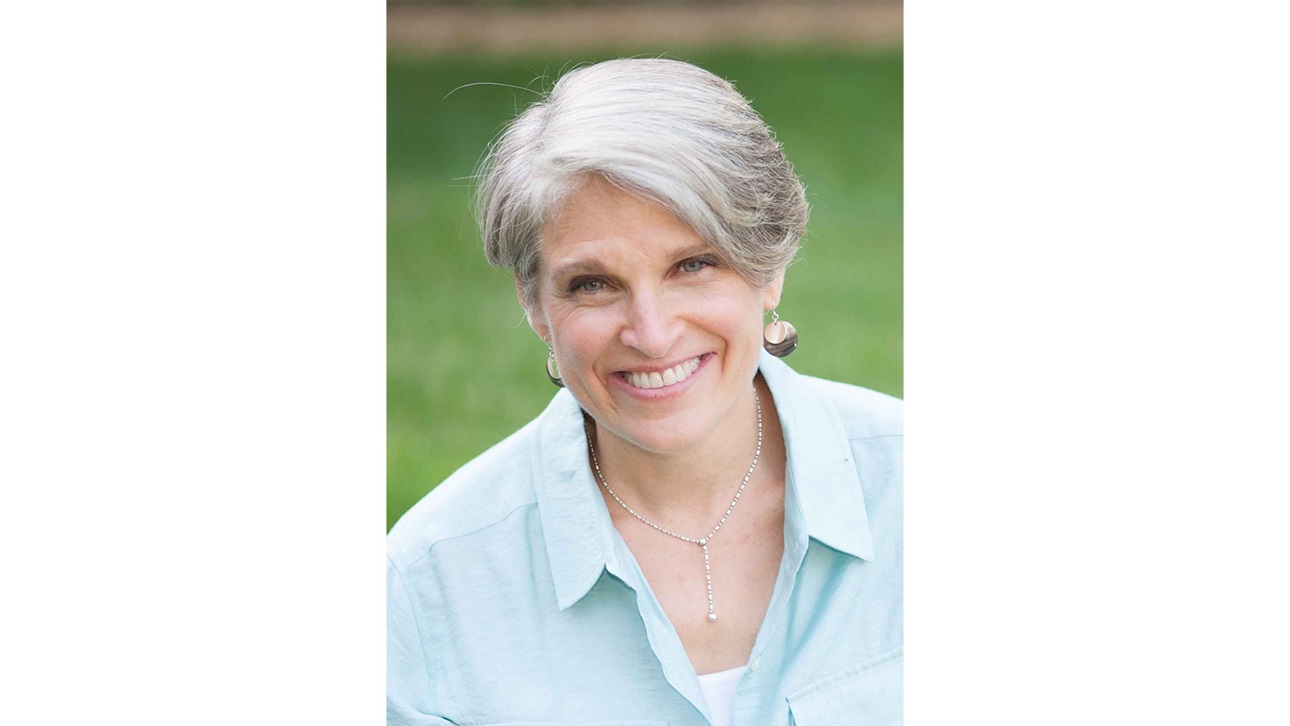Q-and-A with Cheryl Ciecko

Cheryl Ciecko is a licensed architect and founder of www.avoidingmold.com to provide education and consulting services related to mold and poor air quality in buildings which affects health.
How did you get your start as an architect and what made you want to focus on moisture and mold?
My career as an architect grew out of my love for problem solving. Even as a young child, I gravitated toward mystery novels, drawing, and building tree forts. Architecture was a career path that included both art and engineering science - both of which came easy to me. My building science, building forensics, moisture and mold specialty grew out of my own family’s exposure to building toxins that affect health which became apparent in 2005, when one of my children became severely ill as a result of our home’s air quality. By the grace of God, I ended up at a CEU program on Mold in Commercial Buildings at that same time which opened my eyes to the potential for buildings to unknowingly make occupants sick. With tremendous additional research, mistakes and insights over the next year, my 10-year-old child recovered. As fate would have it, from 2009-2013 I worked as a Senior Technical Director for a wood industry non-profit promoting structural wood’s use in commercial buildings to my peers…architects, structural engineers and code officials. There my research and insights continued while I provided technical support and professional education on the topics of Moisture, Durability, Sustainability and Fire.
Not feeling well myself, in late 2013 I realized that myself and my husband, and several of my children, were stricken with Lyme Disease. More research on Lyme Disease ultimately led me to become aware of a connection between Lyme Disease, mold in buildings and thousands of people searching for answers. Along with our Lyme diagnosis, I also found mold in the new home we had built, which was completely concealed and missed by mold testing and inspections I had paid others for. By harnessing my own talents, skills, education and attention to detail, I became my own inspector to find what others missed and again recovered our health. Realizing that my knowledge, experience and even mistakes along the way could help others, I launched www.avoidingmold.com in 2016. The mission of my website and company, the Dwell Well Institute, is to serve those struggling with complex building defects affecting their health with education and building science-based solutions.
What are your top 3 tips for avoiding mold in the home building industry?
1. Drainage - Follow the water… DESIGN for water to drain away properly from the foundation, wall assemblies, openings in walls, floors and roofs, roof to wall connections etc. Require site topography design plans, roof plans and assembly details for review with construction trades with a focus on how water can drain away quickly.
2. Drying - Moisture can be bulk water or water vapor carried by air currents - allow for drying of materials! Humans design and build our homes, so mistakes are inevitable. Where materials come together and where there are changes in plane or direction, joints, even where fasteners penetrate materials can be extremely vulnerable to water damage. Design details for these areas and supervise construction closely always keeping in mind how any unintended moisture could dry.
3. HVAC Design - heating and cooling and ventilation should be considered as part of preliminary designs to maximize efficiency, allow space for solid ducting, and ensure that ducts and equipment will be exposed only to the conditioned spaces. Fresh air ventilation solutions should be designed to consider outside air quality including humidity, and temperature which can inadvertently, negatively affect efficiency and air quality.
How does your work with www.AvoidingMold.com relate to remodeling in the residential construction industry?
Remodeling often uncovers concealed water damage and mold but can be planned as part of a remediation process also. In either case, understanding of the ‘why’ of any damage or mold is critical to be able to determine solutions to prevent that damage in the future. Obviously, designing proper details for moisture management into remodeling projects is just as important as in new construction. Details matter for durability, healthy indoor air quality and wellness supporting homes whether the project is new construction or remodeling.
Do you think more specific terms like “mold” and “moisture” are clearer communication tools for builders and remodelers than “healthier”?
There are different types of environmental toxic burdens’ and a healthy home should include all of them. Water damage and stored water in building assemblies that cannot dry easily, often leads to mold and bacteria, which then leads to toxic air quality. But, there are other toxins in buildings which can also affect health. These other toxins include off-gassing of chemicals (VOCs) in materials, radon, unmanaged electromagnetic fields (EMFs) and even toxins from cooking/breathing which accumulate due to lack of ventilation. Building site locations can be inherently toxic as well, such as low lying areas, sites adjacent to high tension wires or cell towers, or even sites with soil contamination or manufacturing impacts. Relative humidity levels which are too high for a given climate, season and outside temperature can also lead to unhealthy buildings which can include mold and bacteria without specific bulk water damage. It is always critical to determine WHY relative humidity is unmanaged. Often, whole house dehumidifiers cover up the root causes of high humidity, allowing damage to continue to grow and become much worse, often exceeding what the dehumidifiers can manage.
How can others get involved to understand your work and learn more?
Education on building science and awareness of potential challenges is the best way to start. In many cases, conditions which lead to poor air quality due to mold can take many years to develop. Original builders often are not present to see consequences of what may have seemed to be a good idea when the building was constructed. Ongoing continuing education and an openness to new insights and information is a key to success. My education is suitable for professionals and homeowners alike and offers a fast track to the details that have surprised me despite decades of experience. In the ever changing and evolving world of homebuilding and home remodeling, being a perpetual student open to challenging preconceptions is a key to long term success. With that said, know that tried and true solutions with a strong track record may sometimes prove beneficial compared to the next shiny big idea which is not proven.



